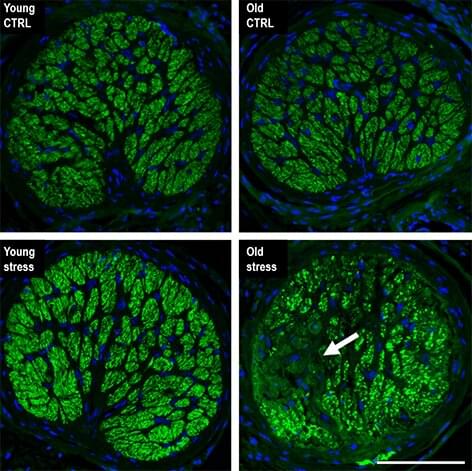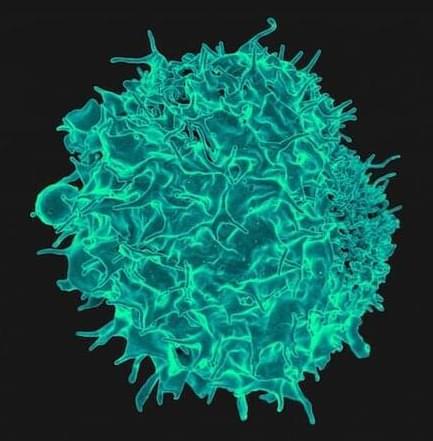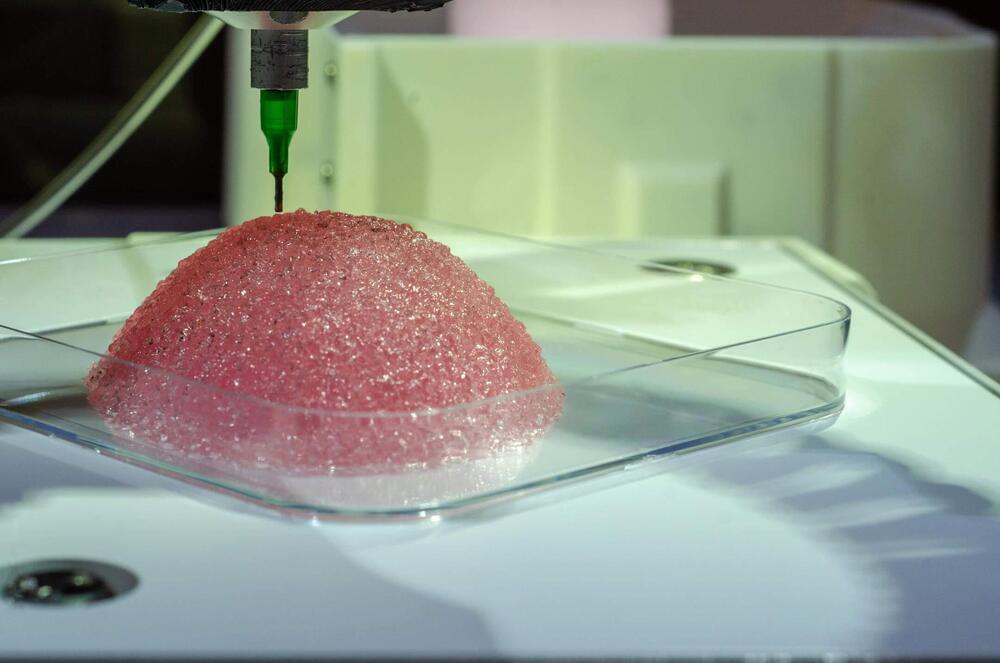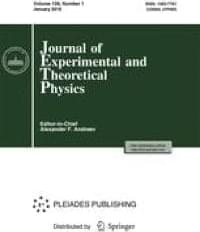New research from the University of California, Irvine, suggests aging is an important component of retinal ganglion cell death in glaucoma, and that novel pathways can be targeted when designing new treatments for glaucoma patients.
The study was published today in Aging Cell. Along with her colleagues, Dorota Skowronska‐Krawczyk, Ph.D., assistant professor in the Departments of Physiology & Biophysics and Ophthalmology and the faculty of the Center for Translational Vision Research at the UCI School of Medicine, describes the transcriptional and epigenetic changes happening in aging retina.
The team shows how stress, such as intraocular pressure (IOP) elevation in the eye, causes retinal tissue to undergo epigenetic and transcriptional changes similar to natural aging. And, how in young retinal tissue, repetitive stress induces features of accelerated aging including the accelerated epigenetic age.








